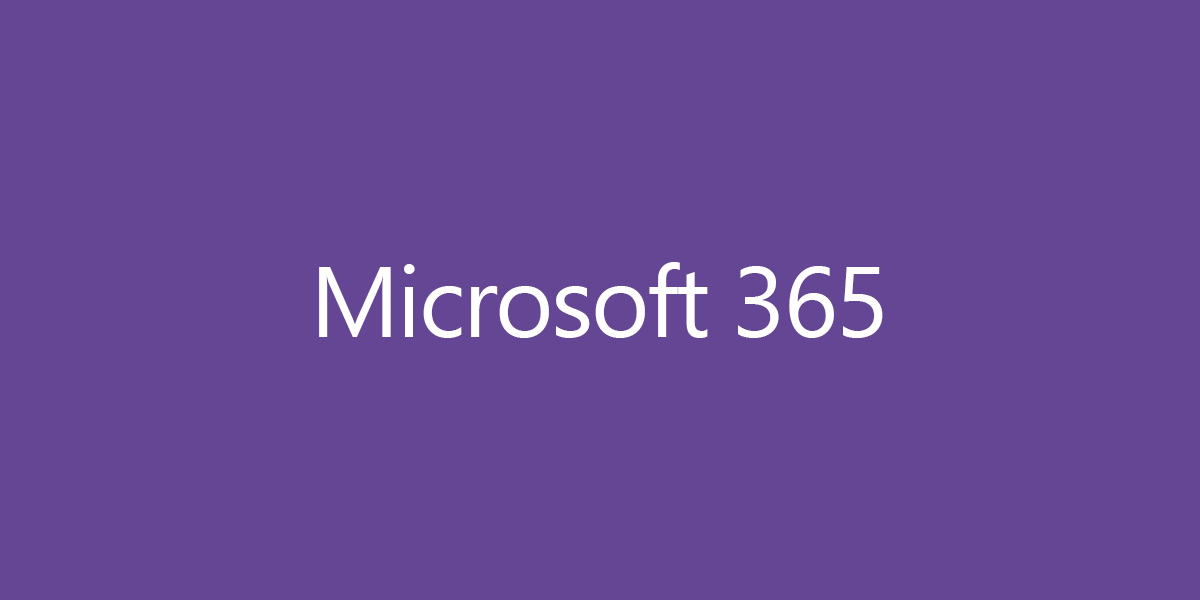Difference between ForEach and ForEach-Object in PowerShell
You can use the ForEach statement and ForEach-Object cmdlet in your PowerShell scripts. They both use loops to iterate through the data, but these loops are different. In this article, you will learn the difference between Foreach and ForEach-Object in…
